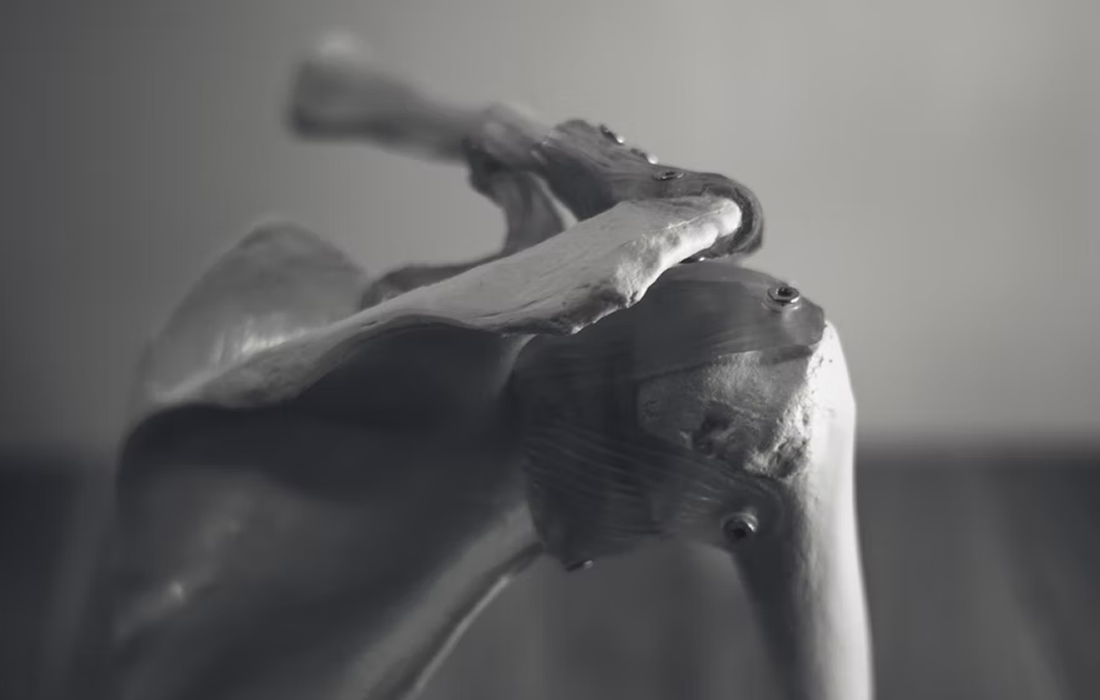Platelet-Rich Plasma
Use of Platelet-Rich Plasma in Shoulder Impingement Syndrome
Shoulder disorders are one of the most common musculoskeletal disorders in general practice. In regular practice, the incidence of shoulder disorders is approximately 12-25 per 1,000 cases seen per year.
Diagnoses of shoulder pain can include shoulder impingement syndrome, calcific tendinitis, and adhesive capsulitis. Shoulder impingement syndrome accounts for 44-65% of the cases.
What is Shoulder Impingement Syndrome?
Shoulder impingement occurs when the top outer edge of your shoulder blade, called the acromion, rubs against (“impinges on”) or pinches your rotator cuff beneath it, causing pain and irritation.
Shoulder impingement syndrome is the result of a vicious cycle of rubbing the rotator cuff between your humerus and the top outer edge of your shoulder. The rubbing leads to more swelling and further narrowing of the space, which results in pain and irritation.
Treatment Options
There are multiple treatment options for shoulder impingement syndrome. They can be classified as operative and non-operative. Non-operative includes physical therapy, use of non-steroidal anti-inflammatory drugs (NSAIDs), and injections of corticosteroids or hyaluronic acid.
Using Regenerative Therapies
Platelet-rich plasma (PRP) is a bioactive component of whole blood with an elevated concentration of platelets that has a high concentration of growth factors that act on the degenerative tissue leading to healing by collagen synthesis, revascularization, and proliferation of stem cells into tissue-specific cells.
In a recently published study, researchers evaluated the use of this biologic in 20 patients (21 shoulders) (9 male and 11 females) above the age of 18 years with a clinical diagnosis of shoulder impingement, an ultrasonographic confirmation of the impingement, and a failure to respond to standard therapy for at least 4 weeks. The results appear in the journal Cureus.
For the study, all patients received a PRP injection that was activated with calcium gluconate. The subacromial space was accessed through the lateral approach, and care was taken to avoid injecting directly into the tendon of the rotator cuff. This was followed by rotator cuff strengthening exercises as permitted by pain.
Post-injection, the patients were advised to not take any NSAIDs and to avoid high-impact activity for at least a week.
All patients were followed-up at 6 weeks and a reduction of symptoms was noted. Then they were reviewed at 12 weeks post-injection. The VAS score, QuickDASH score, and range of motion of the shoulder were analyzed in this visit.
The mean pre-injection VAS was 5.1 ± 1.39, while the mean VAS recorded after three months of the injection was 3.3 ± 1.72. The mean pre-injection abduction at the shoulder joint was 112.62 degrees ± 42.47 degrees, and after three months of the injection, it was 135.29 degrees ± 40.01 degrees. There was a mean increase of 22.6 degrees.
A few studies have shown a decrease in the proliferation of tenocytes and cell viability leading to less positive results when PRP is combined with local anesthesia. In the current study, local anesthesia was not used.
Conclusions
In the end, the researchers found that VAS, QuickDASH scores, and range of motions had a statistically significant improvement.
The use of PRP injections for the treatment of shoulder impingement syndrome appears to be an excellent option, with the current study showing a significant decrease in pain, improvement in range of motion, and overall improved functional outcome.
Source:
Saurav S, Aggarwal A N, Shahi P, et al. (June 07, 2022) Efficacy of Single Injection of Platelet-Rich Plasma in Shoulder Impingement Syndrome. Cureus 14(6): e25727. doi:10.7759/cureus.25727.
Image from:
Photo by Otto Norin on Unsplash

